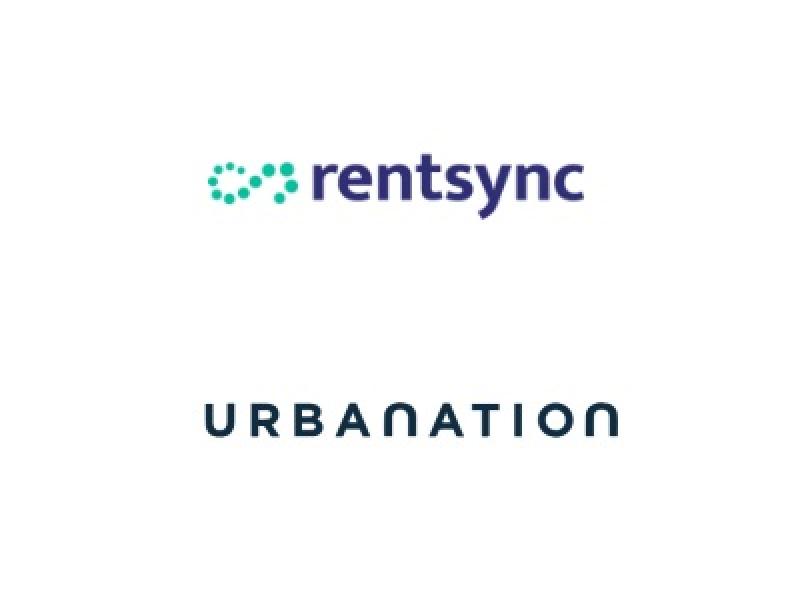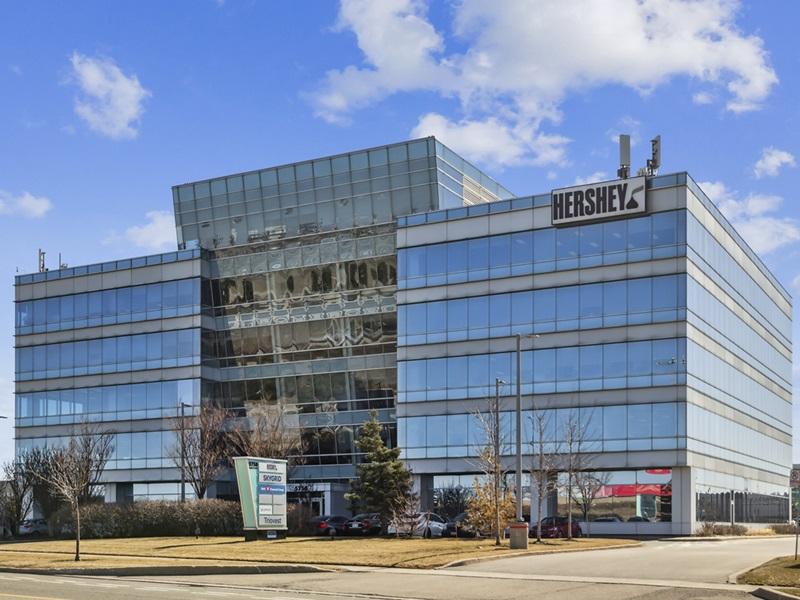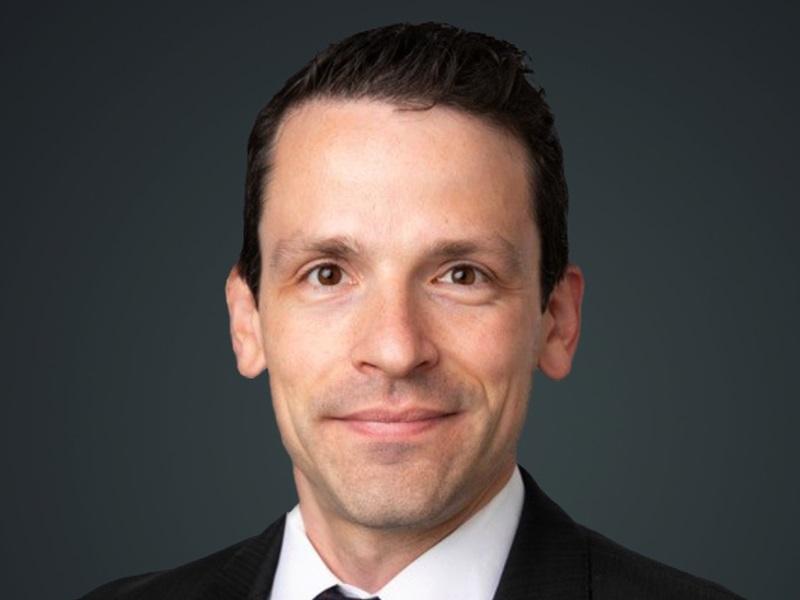
Vancouver International Airport is seeking a developer to complete the Airport Commerce Centre project. (Courtesy Vancouver Airport Authority)
The search is on for an investor to develop and lease up a Vancouver International Airport standalone site that is almost a blank canvas. It is also part of a broader economic plan for the second-busiest airport in Canada.
The site, adjacent to the YVR Cargo Village on the terminal grounds, is a partially built central utilities building that was, and still is, part of the airport authority’s net-zero expansion plan. YVR had to re-envision the plan for the major geoexchange utility building — a system that uses underground renewable energy to heat and cool the airport — due to the impact of the COVID-19 pandemic on travel.
As a result, the utility building has been redesigned as a leasehold commercial property that offers height flexibility, with the 73,000-square-foot basement reserved by YVR to support its airport operations.
The design currently allows for a 71,000-square-foot ground floor, 65,000 square feet on the second floor and 24,000 square feet on the third storey, according to Cushman & Wakefield’s Edgar Buksevics, senior vice-president, investment sales.
With 23-foot-high ceilings, a subfloor could be added between the second and third storeys to offer another 60,000 square feet of floor area.
The flexibility of the property makes it suitable for office or light industrial, configurable for one or several tenants.
The airport property
The airport is located on Sea Island on Crown land that is leased by YVR. The investor-developer would purchase a 50-year prepaid lease and become a sub-tenant of the airport authority.
Although it’s leasehold, that ownership model is still a desirable asset in a constrained market, Buksevics said.
“Our net is pretty broad. We are going to the U.S., to Europe, to Asia, in terms of the Cushman & Wakefield network and focusing on larger institutional groups in Canada, as well as major private investors,” said Buksevics.
“So this will likely be a domestic Canadian institutional investor, whether a pension fund or pension fund advisor, potentially with a development partner that’s local that would then acquire the asset, again on a prepaid land lease, and complete the construction, and then they would have their thesis, their vision on how they complete the asset.
“That’s who we are after at this point.”
Due to the pandemic, YVR needed to re-prioritize its resources and adapt its capital construction program, which included the central utilities building, the airport authority said in an email interview.
“We’re evaluating options for the future heating and cooling of our main terminal building and will have more information about the future of this facility in the coming months,” the airport authority said.
Options for the Airport Commerce Centre
So far, the facility is partially built and covered in scaffolding. The foundation has been poured, steel columns erected and the roof is on.
The re-designed Airport Commerce Centre (ACC), as it is called, would serve as a central business gateway with air cargo connections and proximity to the U.S. border and the Canada Line rail transit system which connects to downtown Vancouver in less than a half-hour.
The building is not connected to the airport, but there are discussions to connect it with a covered walkway to the terminal and the Canada Line station, said Buksevics.
There are several options for the building.
“If you are adding a subfloor, and that’s how we are branding it — as more of a commerce, office-type of asset— which would then be suitable for all the regional and international tenants that are on Sea Island, as their office hub,” he explained. “Or if you don’t want to put the sub floor in, there is a 20,000-pound freight elevator.
“You do have the ceiling heights to go to more of sort of a light industrial route, which would then take it to small distribution, light manufacturing, clean manufacturing facilities with some office mezzanine space above.
“You could take it many ways. We did explore the idea of a hotel . . . But, it could be cost-prohibitive because that requires more daylight. That’s not front and centre,” he said, referring to the windows required for a hotel.
“Up to the investment community”
“Even for office, you would be glazing the building up. But, we can create light wells and office is a logical transition and the building is suitable for that.
“When you get to a hotel or retail, that kind of flavour, that’s not top of mind, but never say never. This is up to the investment community and how they are going to react.”
Office use is a reasonable marketing angle because of the facility’s location and the fact the nearest office space is in South Vancouver at Marine Gateway, said Buksevics.
“There is no A-class office space on Sea Island to begin with. So this is an opportunity for some of those tenants to have a presence right at the terminal, in addition to industrial. But it will be up to the investor ultimately on what vision they have, how they fill the building, and how they complete the building.
“Obviously YVR will have to sign off on that. YVR will have to approve it, but at this point we are open to ideas, to suggestions and the vision the investors will bring forward.”
YVR and Sea Island
Although the ACC building is Cushman & Wakefield’s current focus, YVR is a major tenant of Sea Island, with approximately 160 hectares of unleased, vacant land opportunities.
Bill Bakk, vice-president of business development for the airport authority, said in a press release it is exploring ways to create a global hub and unlock the economic development potential of Sea Island.
In the email, YVR said it is exploring partnerships to drive value from existing infrastructure and land assets to grow its core business, as well as the economy.
In a market where industrial real estate is at a premium, Buksevics said the demand is there.
“There are quite a bit of additional lands that YVR has re-designated for more commercial use, so there is a potential hook that this investor comes in and completes the ACC building and they may have potential to have a further strategic partnership with YVR to build out the rest of the lands,” said Buksevics.
“That is not the primary focus, but it could be an add-on for this investor or investors, the initial groups that partner and align themselves with YVR.
“But our mandate is ACC. We have the ability to point the investors to overall strategic alignment with YVR and how development of YVR and utilizing the lands YVR has can benefit further commercial development on Sea Island.”











